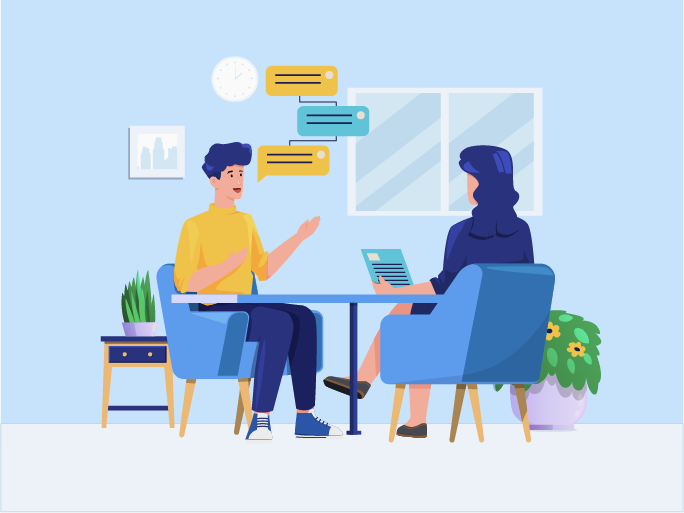As we discussed in
the previous blogs, being empathic to the target users is the key to a
successful design. Therefore, I conducted a phone interview with my uncle to
empathize with his thoughts on design-solution related to my design challenge. I
picked him as his job involves constantly visiting the bank and offices for
meetings. He is 40 years old, and he shared interesting facts and valuable
information related to the design challenge. Interviews are most effective for
quality research. You get the gist of the real issues only through the eye of
the person experiencing it. They help you understand better, explore research
subjects, and unwind the opinions and experiences of the end-user.
Design interview questions:
Following are the
questions I carefully framed to understand the core of the problem. I started
with general questions and then the next day I asked for more informative and
in-depth questions.
Q1. How often do
you go out during the pandemic? Where
& Why?
Q2. When you go
out, do you have to wait in queues? If yes, which age group of people did you
find there?
Q3. Do people
maintain social distancing while waiting?
Q4. Do you feel
safe when sitting on the bench while waiting?
Q5. Do they
sanitize the waiting area frequently?
Q6. Why do you think there isn’t proper social distancing seating in public areas?
Conducting this interview, I got
quality and genuine feedback about the design issues and a better understanding
of the behavior of the people in the surroundings. I conducted two interviews
on two different days. This helped me gain a fresh perspective of the interviewee.
Empathizing with the user made me question not only how the product should
be designed but also how can it be made to suit and adopt the user’s behavior.
It is important to keep in mind that the design should adapt to the user and not the
other way around.
Do comment down below and share your views and experiences about public seating during the time of the Covid-19 pandemic.
Thank you for reading the article!


Comments
Post a Comment